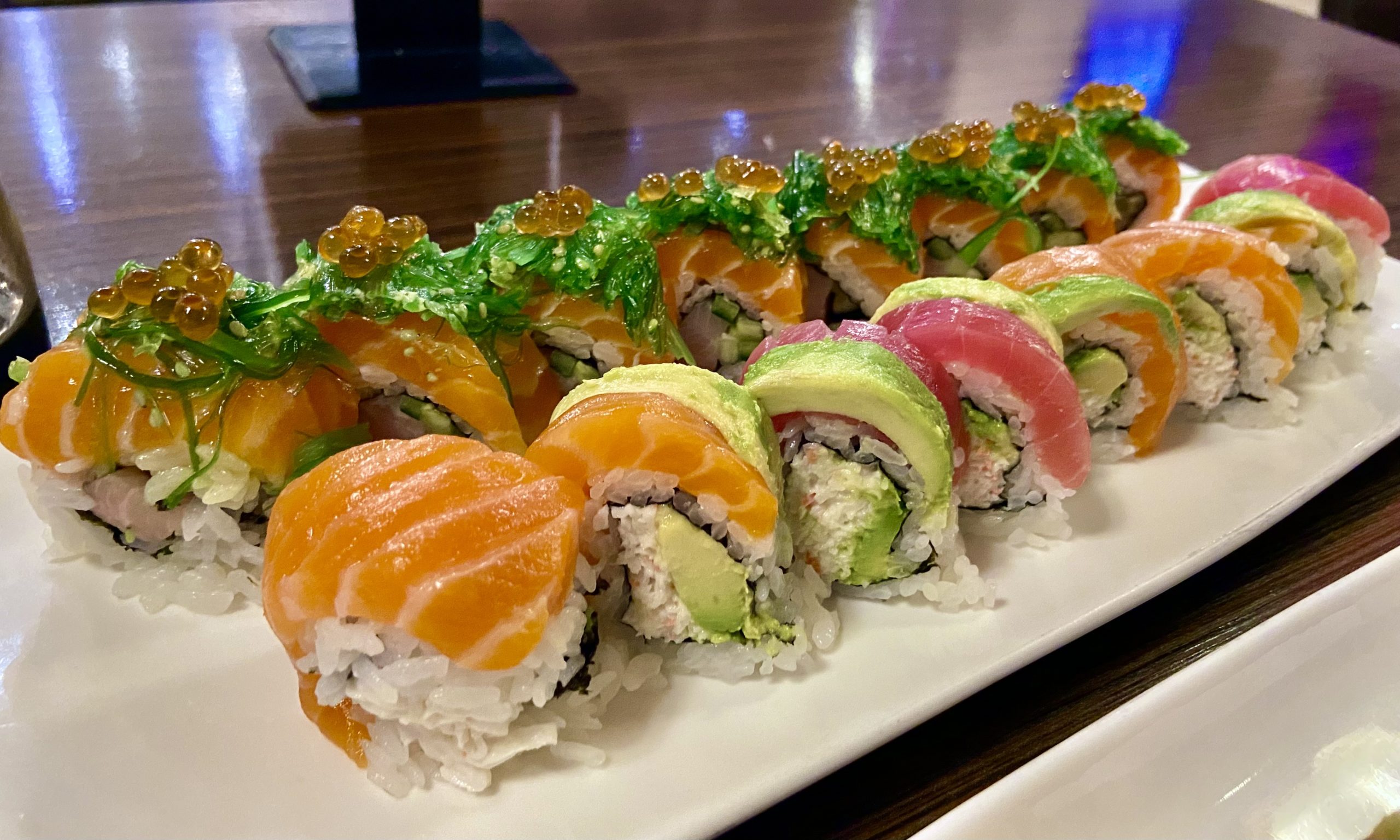We’ve reached the end of January and therefore the end of the 1st month of my 12-month cuisine challenge. Since this was the 1st time trying this kind of challenge, it was also a bit of a trial run of creating and curbing expectations on what would happen during a month. So this review is split in 2 sections: thoughts on the challenge itself, and thoughts on Japanese cuisine from my exposure this last month.
Some thoughts on this monthly cuisine challenge:
- 1 month feels like a lot, but unless you’re cooking every single meal in those 30/31 days (and since my intent was to learn quick-and-healthy or preppable meals, this definitely didn’t happen), the time actually goes by pretty quickly. The days we don’t eat at home and choose to go out are fewer days in which to explore the cuisine in the kitchen. There will also be days where I try something and it doesn’t work out. They aren’t always worth my time to write an entry for. So in the end, 1 month focusing on a cuisine is only enough time to scratch the surface of that cuisine.
- It’s unrealistic in my current lifestyle to expect to eat 1 cuisine type all month long. In addition to days where cooking was not an option, I think both my partner and I just got sick of Japanese home cooking every day and actively sought out outside foods. There were trips for burgers, pupusas, and salads (but we did go out for sushi as well).
- Having multiple references for a cuisine type is important. It’s also important to not rely on only Google Search to find those references, since the same recipe blogs kept popping up for me (and while excellent resources, seemed to offer only the same type of recipes that started to sound and taste the same after awhile). For Japanese month, I had to start digging back to 10+ years ago when recipe Youtubers started being a thing (Cooking with Dog being the most prominent one back then). Only then did I start seeing uniquely-flavored foods that didn’t all rely on the soy sauce and sugar combination.
- At the end of the month, I had a lot of leftovers to use up, so there wasn’t a whole lot of “new cooking” to share anymore. I think it’s safe to assume that the end of every month will be the same as I “clean up” the fridge for the next month’s challenge.
Some thoughts on Japanese cuisine:
- A lot of the uniqueness of Japanese cuisine comes down to their native ingredients, which aren’t all readily available in other countries (our popular chain markets have Asian ingredients, but good luck finding burdock root or lotus root or shinjuku leaves outside of a specialty store. We do have Japanese grocers, but it’s not easy to get to them every week and they aren’t cheap). The actual cooking methods are pretty similar from dish to dish, especially for “nimonos” which follow the same basic recipe at different ratios and cooking times. The ingredients themselves impart unique flavors that make Japanese food simple and accentuating of “fresh and seasonal”.
- Many Japanese dishes are adapted from other regions, or simply have similar qualities due to the historical origins of those cultural cuisines. Stir fries, fried rice, hot pots, and curries all have their variations in the neighboring Asian countries.
- Modern Japanese cuisine adapts a lot from western foods (omurice, sando, japaghetti, croquettes, etc), which I didn’t touch at all. I also didn’t fry anything, which I’m not sure I will try at all with the upcoming months. I’m just not good at frying.
- About halfway through the Japanese month challenge, I started to feel like all Japanese home recipes are the same: take ingredient, add in a variation of tare (soy sauce and sugar) and cook. No, I did not “crack the code” of Japanese cuisine (if there even is one to crack, it wouldn’t be as simple as that). The cause may be the availability of certain ingredients in my region. It may be the type of recipes surfaced to me on Google search. It’s also possible that my methods of cooking restrict other flavor profiles (for instance, I did not fry anything). And it’s also possible my subconscious avoidance of foods that don’t meet my restrictive diet (no gluten, dairy, corn, or coconut) ended up pushing me towards nimonos, fried rice, and etc. If anything, this presents a future challenge of trying to diversify and try other Japanese dishes. Maybe I’ll revisit Japanese month in the future?
After a month of Japanese cooking, I feel I only scratched the surface of what Japanese cuisine is and what kind of recipes can be easy for a home cook to adapt to a gluten-free, corn-free, dairy-free, and coconut-free diet.
General Cooking Lessons Learned
- Prepping a large batch of meat ahead of time gives you a lot of quick-cooking meal opportunities for the week.
- Likewise, prepping a large batch of side vegetables means you’ll have leftovers that can be used in future meals, lowering the work load of those upcoming days.
- Pure carb meals appear to be the default go-to’s for quick meals, but aren’t exactly the healthiest. Big ass salads are a win with the right (homemade) dressing and are also easy to pull together, especially when the salad part can be bought premixed in bags or boxes from your nearby chain grocer.
- Nabes (clear-broth stews) are quick to make and just require boiling a pot of stuff all together.
- Recipes don’t need to have a complex number of ingredients. Sometimes just 2-3 things combined together is enough of a flavor profile to make a dish appetizing.
And yes, I know that photo is not “real Japanese” sushi. Embrace the creativity. That’s the whole point of food after all. 🙂

Leave a Reply